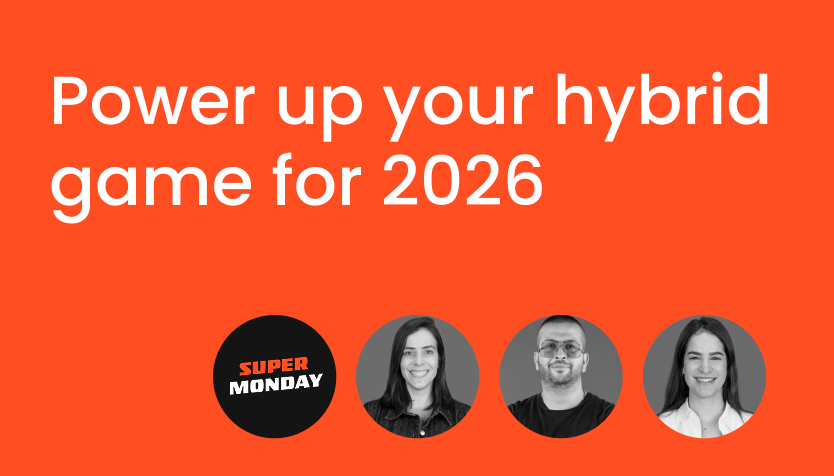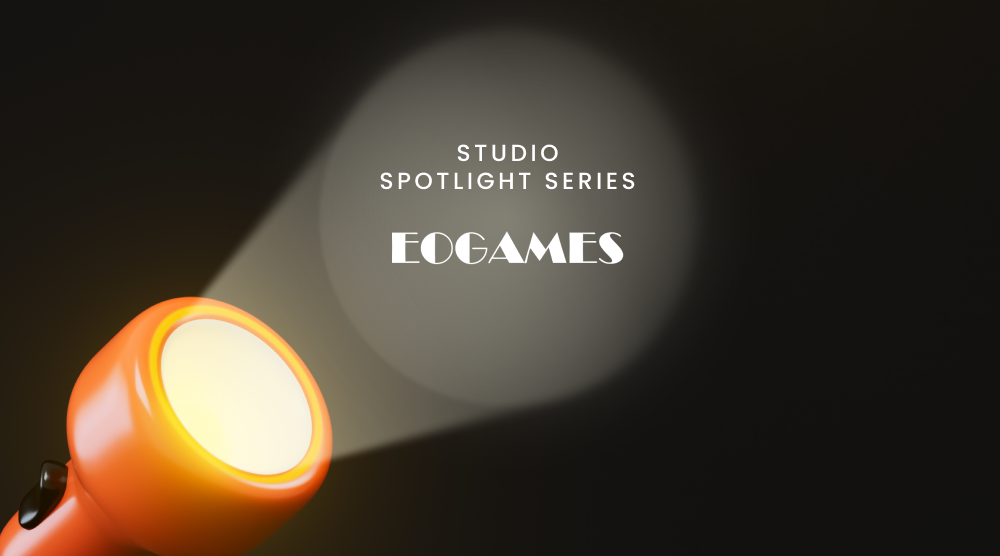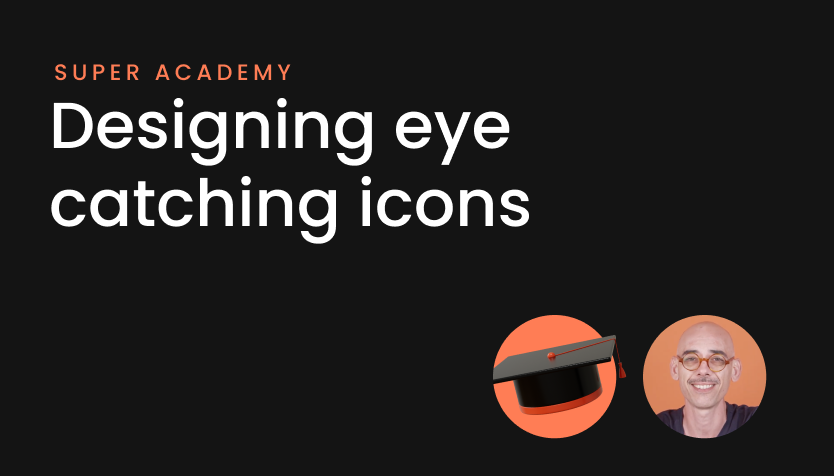Our Developer Spotlight series highlights top developers sharing their tips for success - on everything from ideation to prototyping and game development. In this installment, we sat down with Allen Lin, founder and solo developer at YooGames, the creator behind hits like Play Color, Sticky Darts, and String Art.
Over the last 18 months, Allen has published 3 games with Supersonic, taking them from inspiration to realization. That’s pretty darn impressive by anyone’s standards. Creating 3 unique games means first finding 3 unique ideas that can be turned into games, and then successfully getting them from ideation to prototype to iteration and then to launch.
Often, coming up with a good idea for a game can feel like playing soccer blindfolded, you know what you should be shooting for but you won’t know if you’ve scored until you’ve taken your shot - and Allen has hit the goal each time.
Here’s his recipe for finding ideas and turning them into hits.
My rules for TikTok inspiration
“It’s no secret that TikTok is a goldmine for new game ideas. Every developer and their grandmother is scrolling through the platform to find inspiration for their next game idea - and I’m no exception. But, there’s a method to my TikTok digging that’s helped me find ideas that are both marketable and gamifiable.
- Ignore the good-looking people (and animals): If I see that a TikTok is trending but a beautiful face or cute pet is accompanying the video, I disregard it. This helps weed out the trends that are a result of the person (or pet) featured in the video.
- The video should have at least 500,000 likes: That many likes means that the video is resonating with a mass audience.
- Stick to accessible trends: This is the toughest but the most important rule. I look at popular trends and stick to the ones that aren’t too niche so they can have mass appeal. In other words, anyone should be able to relate to the concept. An example of this would be my game Play Colors.
In the game, players need to match a color by mixing different colors together. For example, one challenge is to match a specific shade of purple by mixing red and blue. The inspiration behind this game was a video trend on TikTok featuring people mixing paints together to create brand new colors, a real-life version of the game. While there are other popular trends on TikTok, this one was very accessible (anyone can relate and understand it), so it had the mass appeal needed to make the game a success.
Study the top charts like it’s your job (it is)
While I find inspiration for my games’ concepts from TikTok, I also spend a lot of my time browsing the App Store and Play Store top charts. I check them at least once a day. The top charts help to inform my game’s genre, gameplay, and creatives. Using the charts, I identify trending genres and gameplay concepts (making sure that they’re not oversaturated) that are mature. Finding a mature genre to use as the foundation for my gameplay and marketing is important for two reasons: to see what creatives are working and to make iterating simpler in the future.
I then combine this trending, mature genre with my Tiktok idea to create a brand new unique game with an established concept and proven structure. For example, take a look at String Art.
String Art was inspired by a popular TikTok where an artist creates an image with pins and thread. I knew that a top trending game at the time was one where players create simple images by arranging strings into a shape. So I took the gameplay of this top game and merged it with my idea from TikTok to create String Art.
Keep your initial development time short and focused
Keeping development time short, especially in the beginning, is really important - it’s vital to try and capitalize on the trends you’ve uncovered while they’re still relevant.
Once I’ve decided on an idea and genre, the first phase is devoted to creatives. The purpose of the prototype version of the game is to test its marketability. So my focus will be on building a prototype that resembles what I think the gameplay will look like and that will be used for my creatives. I’ll generally be able to do this in less than a week.
"It’s important to always keep your workload realistic and not overextend yourself"
Once I’ve got my creatives, I start working on the actual gameplay. It usually takes around two weeks to build a playable prototype of the game. It’s important to always keep your workload realistic and not overextend yourself. I try to have a clear idea of what the end product will look like, and adjust my expectations based on my progress.
Use a mature genre to keep iterations to a minimum
When the marketability and creative tests are passed it’s time to get iterating. This can be a lengthy and complicated process but I try to keep it under 6 months. I briefly spoke about it earlier, but a huge part of why it's important to find a mature genre to use as your baseline is for this purpose. Using a mature structure helps keep your iterations decisive and targeted. With an established genre, there’s a history of what works so figuring out the next steps is relatively easy.
This is also where working with a publisher like Supersonic really comes in handy. Their expert publishing managers can offer actionable ways to improve the game based on prior experience working on games with a similar concept. This means you can spend more time fixing bugs and adjusting the game’s CPI to make it a success, and less time trying to iterate to find a winning formula.
Shoot your shot
The best lesson I can give anybody, whether starting out or already on their tenth game, is just to shoot your shot. All of my advice above means nothing if you’re not willing to try and be bold in your choices. Maybe the most meaningful ingredient in my secret sauce for coming up with games and getting them to launch is that I’m willing to take a chance and see it through to the end - even when it doesn’t seem like it’ll work out.
After my game Play Colors had passed the marketability test and we were trying to get it to launch, there were moments when I lost faith in the success of the title. Despite that, I still kept working on it (thanks also to Supersonic’s publishing managers’ support). That meant spending hours searching for viral videos that could be used for my creatives and looking for ways to lower the game’s CPI, and in the end, staying with it paid off - the game was a success, even reaching the App Store’s top 20 games.
Building a game is a process, so don’t buy the hype and expect that you’ll need to keep working on it. Do that, plus my other tips, and you’ll be sure to have a hit game in no time.
Let's put these tips to good use
Publish your game with Supersonic



